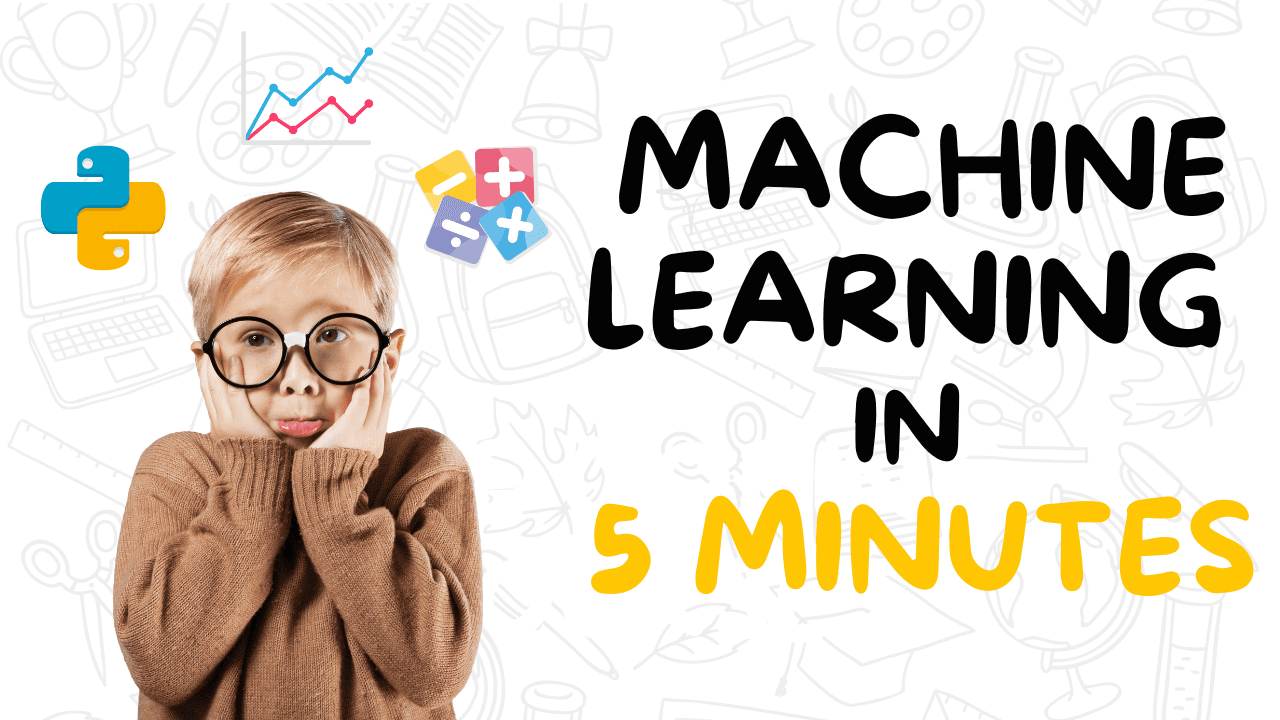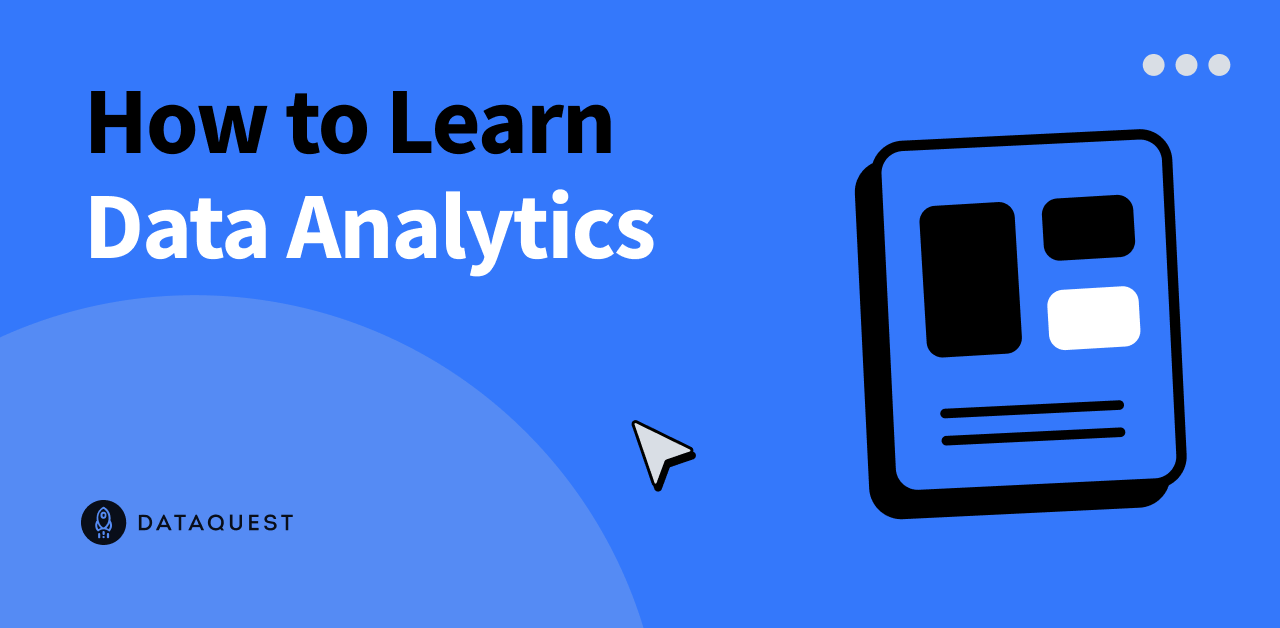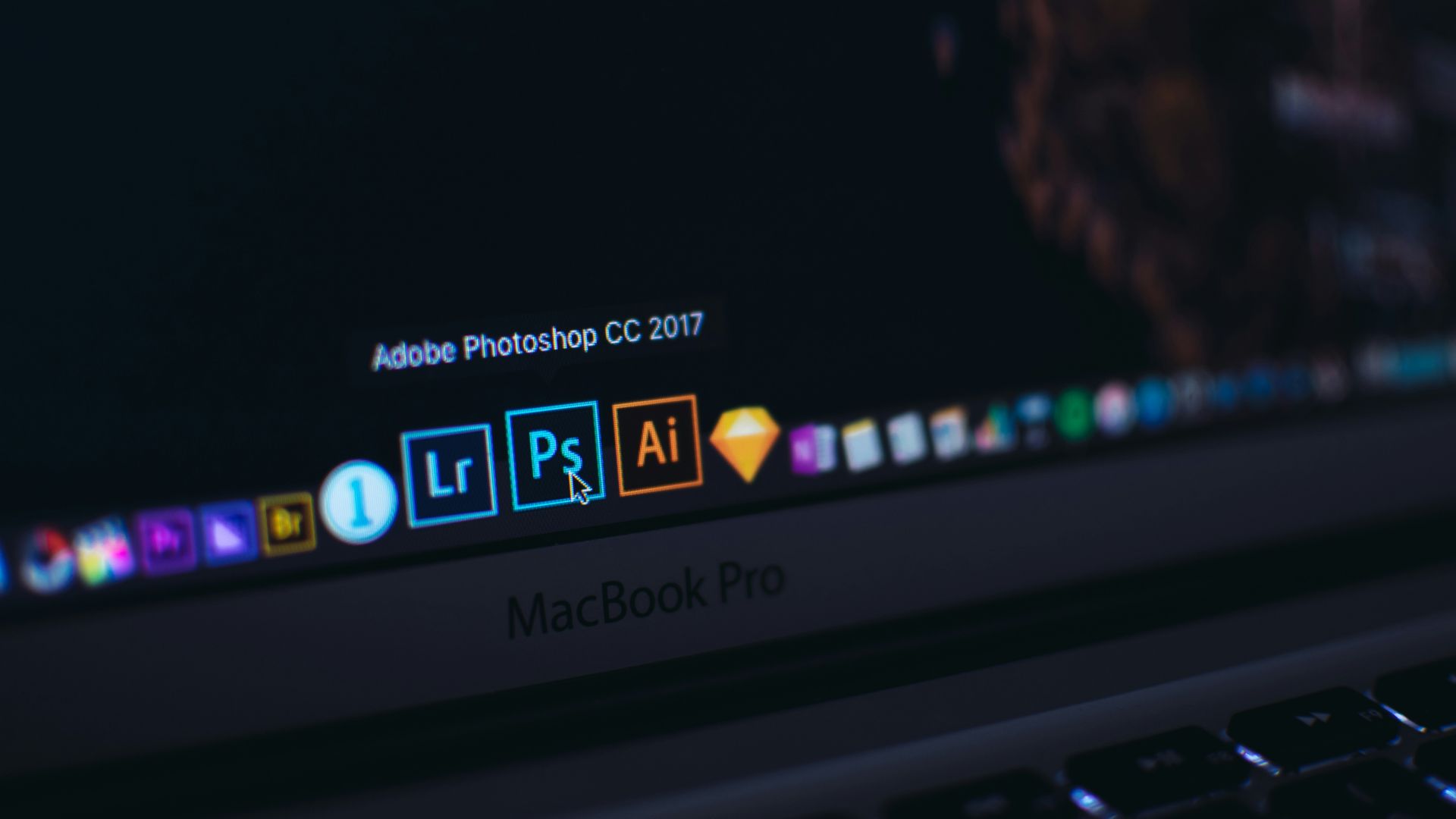[SPONSORED POST] Our medical histories carry immense value, long after we’re gone. Why aren’t we using them?
Over the past several decades, the way medical care is documented has dramatically changed. While a patient in 1950 might have accumulated only a few folders of paper records documenting their care, an average patient today will likely accumulate 80 megabytes of health data per year. What’s more, that is likely to increase exponentially each year.
With the transformation of medicine from analog to digital, plus the rise of new data-generating devices for health tracking and genomic information, we can look forward to a new world in which virtually every aspect of a patient’s medical history can be communicated, stored, and manipulated. For each patient, this huge body of data represents a sort of digital twin, a treasure trove of useful medical information and insights that could become invaluable in developing patient treatments in the future.
One use for this tsunami of health information is to create big data pools that, when analyzed, can help governments, organizations, and individual policy makers follow trends in patient care and improve workflow. Communities could bring these pools of digital twins together into population health databases and learn a great deal about the ways conditions evolve across large bodies of people.
In the future, there may be a new, more personalized way to make use of a patient’s personal data that offers even more benefits. Rather than analyzing digital health data on a broad level, data from the moment a child is born to the present day could be compiled to create a fully fleshed out picture of their medical status. This dataset—a digital body, perhaps—offers clinicians a new view into a patient’s health status and makes it easier to anonymously compare individual patients on a one-to-one basis.
Once this set of data is available and complete, it becomes a valuable tool in the healthcare of the individual patient. Thanks to data analytics and techniques such as swarm learning, this information could be used to expand the overall body of medical information and knowledge, allowing (anonymized) insights gleaned from individual patient treatments to be applied on a much broader scale.
This body of data will also enable practitioners to make more accurate predictions about their patients’ future health. And note that it isn’t about making use of new forms of data collection or diagnostics; all this data is already being collected. Rather, the idea is to establish more effective and secure ways to use data to improve patient outcomes.
“Clinicians can use digital patient twins to gain a detailed understanding of how an individual’s life choices, medical treatments, and environmental factors impact their health.”
So why aren’t we doing this?
A major hurdle to building a comprehensive digital patient is that the organization holding the patient’s data must agree to share it for the purpose for which it is intended. Even if we design a health data format that works for virtually everyone in the healthcare ecosystem, administrative relationships will need to be established to allow a huge range of data to be shared freely between partners.
Once a solution to the data sharing problem is found, medical and biological science will likely find that the technology to make use of the information is ready and waiting. High-performance computing is enabling genomics sequencing to be faster than ever, and the rise of HPC as a service is making this level of performance available to a much broader audience. Large in-memory accelerated computing capabilities at the edge are allowing digital patients to be held in memory close to the processers, so that the entirety of a patient’s data can be viewed at once, regardless of how much data has been accumulated.
Ultimately, though, it’s worth making the effort to pull and accumulate a lifetime’s worth of data to create this digital patient’s twin, one that clinicians can use to gain a detailed understanding of how an individual’s life choices, medical treatments, and environmental factors impact their health. As individual patient data continues to flow in at mammoth speeds, it will offer an increasingly clear picture of how a person’s medical position changes over time.
In fact, the digital twin could (and should) keep giving long after the person dies, whereby we can continue to learn from the body of data left behind. Future generations will be able to use this data to test new theories, evolve medical practices, and find ways to rapidly advance and improve patient outcomes.
Our data can live beyond our lives and help others improve their health.
Learn more about how HPE and NVIDIA’s innovative AI technologies are modernizing healthcare today here.






















